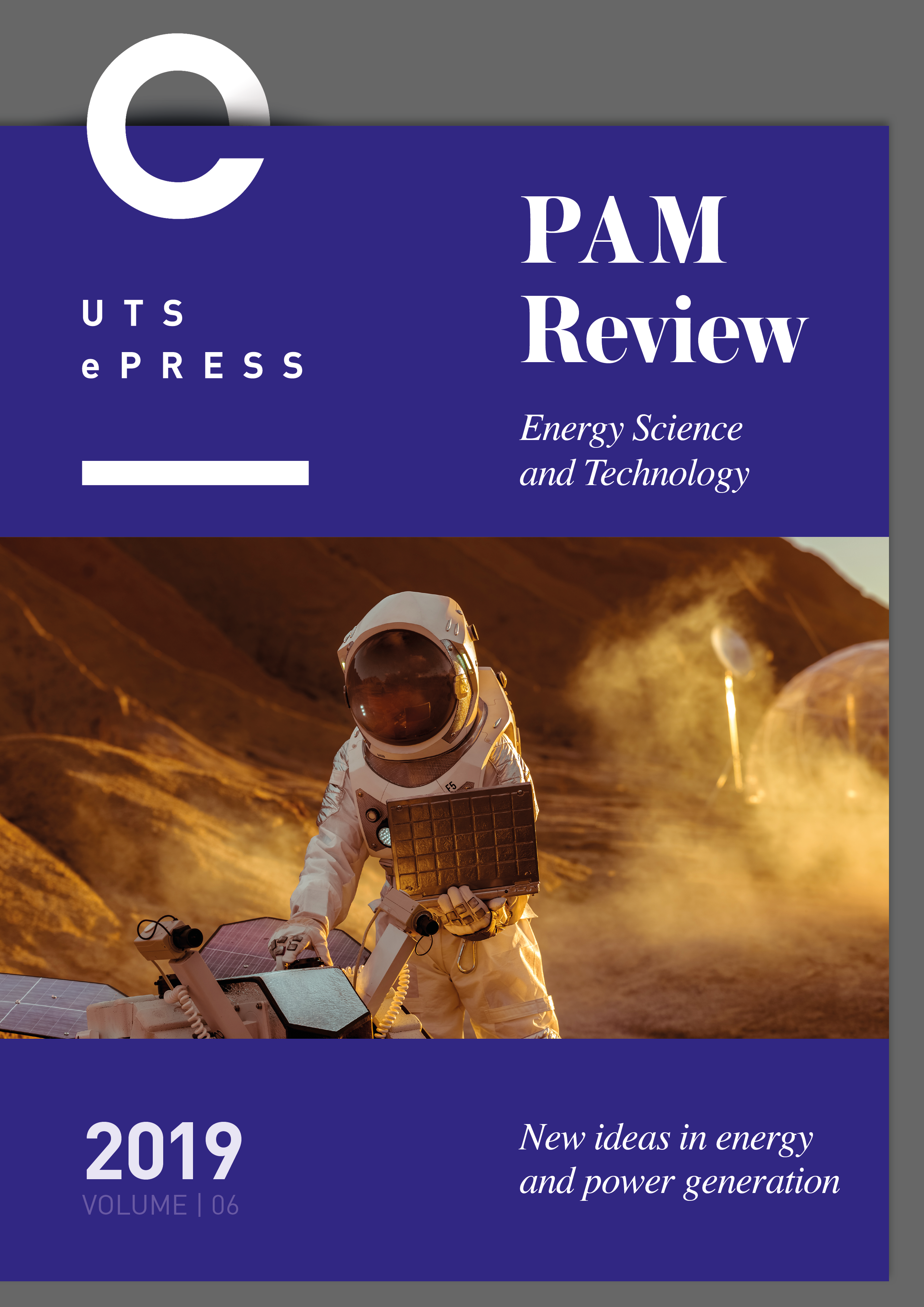Adiabatic Compressed Air Energy Storage: An analysis on the effect of thermal energy storage insulation thermal conductivity on round-trip efficiency
Main Article Content
Abstract
Compressed Air Energy Storage (CAES) has demonstrated promising potential for widescale use in the power distribution network, especially where renewables are concerned.Current plants are inefficient when compared to other technologies such as battery and pumped hydro. Presently, the greatest round-trip efficiency of any commercial CAES plant is 54% (McIntosh Plant), while the highest energy efficiency of any experimental plant is 66-70% (ADELE Project). So far, Adiabatic CAES systems have yielded promising results with round-trip efficiencies generally ranging between 65-75%, with some small-scale system models yielding round-trip efficiencies exceeding 90%. Thus far, minimal research has been devoted to analysing the thermodynamic effects of the thermal energy storage (TES) insulation. This metastudy identifies current industry and research trends pertaining to ACAES with a focus on the TES insulation supported by model simulations. Charged standby time and insulation of the TES on overall system efficiency was determined by performing a thermodynamic analysis of an ACAES system using packed bed heat exchangers (PBHE) for TES. The results provide insight into the effect various insulators, including concrete, glass wool and silica-aerogel, have on exergy loss in the TES and overall system efficiency. TES insulation should be carefully considered and selected according to the expected duration of fully charged standby time of the ACAES system.
Keywords: Compressed air energy storage; adiabatic compressed air energy storage; thermal energy storage; thermodynamic efficiency; renewable energy storage, packed bed heat exchanger
Article Details
Issue
Section
Authors who publish with this journal agree to the following terms:
a) Authors retain copyright and grant the journal right of first publication with the work simultaneously licensed under a Creative Commons Attribution License that allows others to share and adapt the work with an acknowledgement of the work's authorship and initial publication in this journal.
b) Authors are able to enter into separate, additional contractual arrangements for the non-exclusive distribution of the journal's published version of the work (e.g., post it to an institutional repository or publish it in a book), with an acknowledgement of its initial publication in this journal.
c) Authors are permitted and encouraged to post their work online (e.g., in institutional repositories or on their website) prior to and during the submission process, as it can lead to productive exchanges, as well as earlier and greater citation of published work (See The Open Access Citation Advantage Service). Where authors include such a work in an institutional repository or on their website (ie. a copy of a work which has been published in a UTS ePRESS journal, or a pre-print or post-print version of that work), we request that they include a statement that acknowledges the UTS ePRESS publication including the name of the journal, the volume number and a web-link to the journal item.
d) Authors should be aware that the Creative Commons Attribution (CC-BY) License permits readers to share (copy and redistribute the work in any medium or format) and adapt (remix, transform, and build upon the work) for any purpose, even commercially, provided they also give appropriate credit to the work, provide a link to the license, and indicate if changes were made. They may do these things in any reasonable manner, but not in any way that suggests you or your publisher endorses their use.
